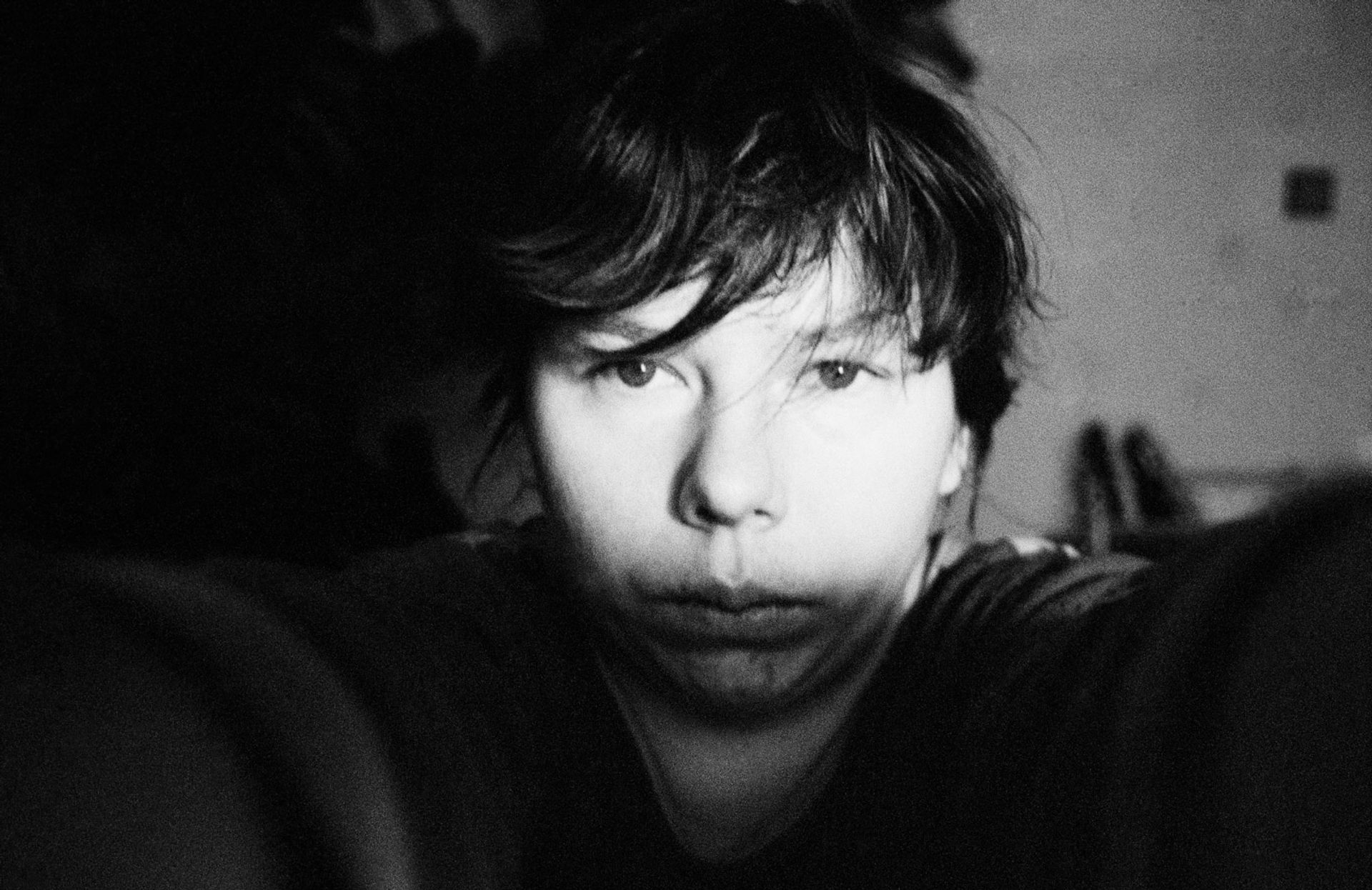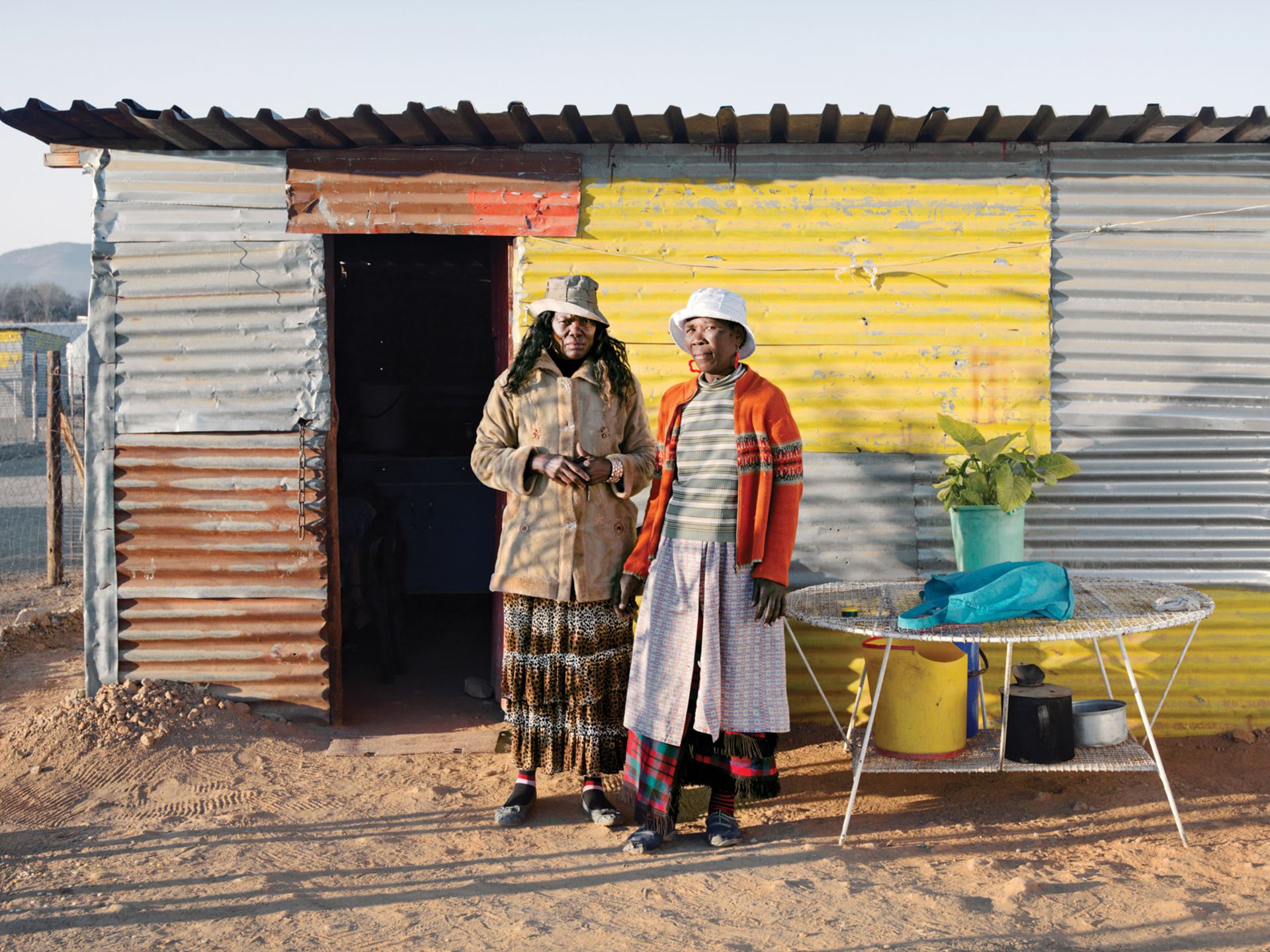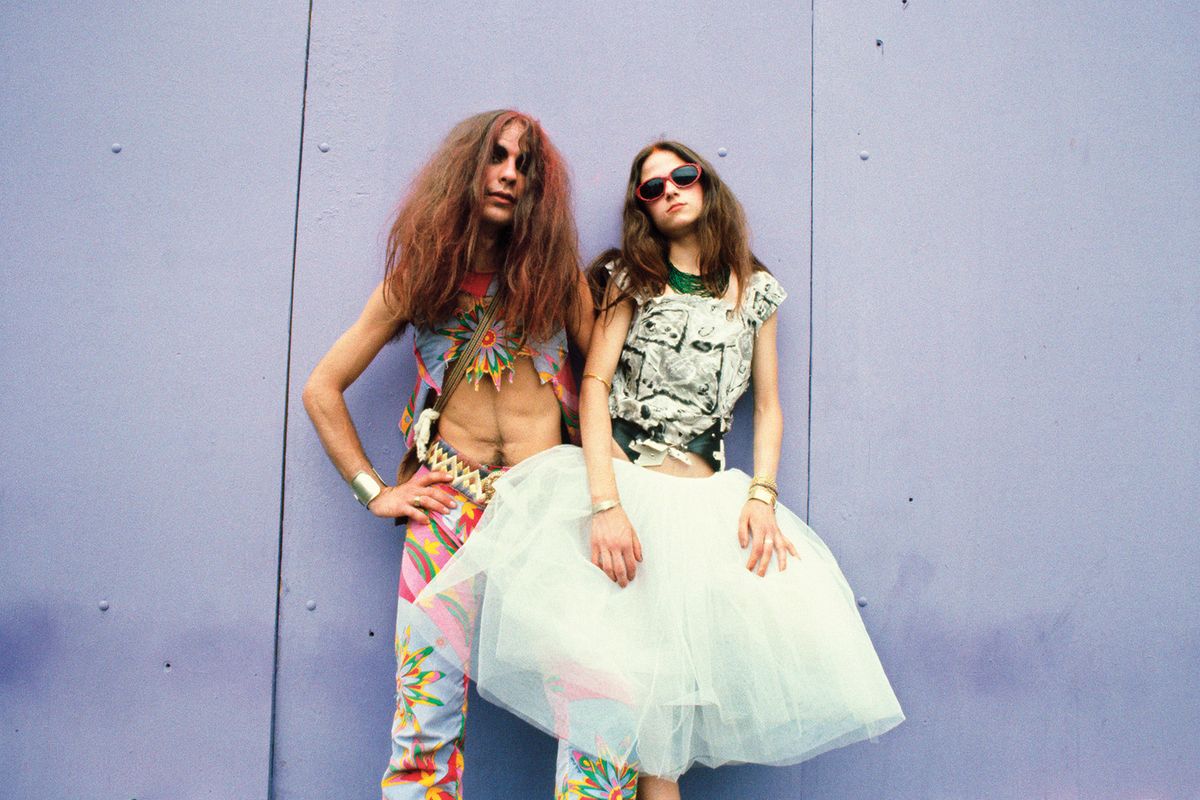When Les Rencontres d’Arles held its first edition in 1969, “it was the festival that sparked the beginning of photography as an art form that could be exhibited”, says Sam Stourdzé, the festival’s director since 2014. “Photography was not exhibited anywhere, but very quickly, Arles gained a very large audience,” he says.
Fifty years after its inception, and Stourdzé has set himself and his team an ambitious target. The 2019 edition of Les Rencontres d’Arles, which is integrated to a remarkable degree into the streets of the historic city in southern France, will host “50 shows for its 50 years”. Yet instead of looking back on its past successes as the world’s seminal photography festival, much of the programme will be dedicated to the contemporary, emerging and newly discovered, Stourdzé says. “Arles has always tried to discover the new generation and address the most pressing questions we face,” he says.
Stourdzé has orientated this year’s festival around four main interlocking strands: My Body Is a Weapon; On the Edge; Living; and Building the Image. This year’s selection focuses primarily on photographers—both established and newly discovered—who capture “a world in upheaval [while] recording a counter-culture where staging one’s everyday life is an act of resistance against established order,” Stourdzé says.

Libuše Jarcovjáková, Self-portrait, Prague (1981) © Courtesy of the artist
Taking centre stage at the Eglise Sainte-Anne, as part of My Body Is a Weapon, is the work of the unheralded Czech photographer Libuše Jarcovjáková, whom Stourdzé describes as “the Nan Goldin of Communist Czechoslovakia”.
The exhibition of her work, Evokativ, curated by Lucie Černá, captures the underground, marginalised Prague that existed behind closed doors during the presence of the Soviet Union. The images on show were taken between 1970 and 1989, beginning when Jarcovjáková was still a teenager.
Jarcovjáková studied at the Prague film school FAMU, yet her relational and complicit style was in stark contrast to the austere Czechoslovak documentary school of the 1970s and 80s. Instead, she photographed her alcohol-fuelled compatriots at T-Bar and at other illicit and LGBT nightclubs. “She was unafraid of imperfection but captured her surroundings, people and her own feelings in their raw state,” Černá writes in the festival catalogue. Jarcovjáková has barely ever been exhibited beyond her native region. Now in her late 50s, it will be fascinating to trace her career from this juncture.

Philippe Chancel, Datazone #06, South Africa, Marikana, (2012) © Courtesy of the artist and Melanie Rio Fluency
Another highlight in this strand will be a group show of Spanish photographers—Alberto García-Alix, Ouka Leele, Pablo Pérez-Mínguez and Miguel Trillo—who captured the delight of transgression on the streets of post-Franco Spain. The movement, now remembered as the mythical La Movida of the 1980s, took place on the same Madrid streets where the director Pedro Almodóvar shot his early films.
This focus on photography’s historic ability to counter the forces of authoritarianism is matched by contemporary examples of the same principle. As part of On the Edge, the French photographer Philippe Chancel brings together 15 years of work, spread over seven separate series, for Datazone, a retrospective exhibition at the Église des Frères-Prêcheurs. The exhibition studies environmental crises—“the whole world is screaming”, Chancel writes in the catalogue, “with no shelter in sight”.
Then there is the contemporary group exhibition Walls of Power: Man-Made Barriers Throughout Europe, curated by István Virágvölgyi, which explores the 28 new physical barriers separating nations and regions of Europe. “[There are many photographers today] using their camera as a powerful weapon,” Stourdzé says. “They don’t necessarily have the solutions, but they are carefully looking at the world. It’s a great help to see it through their eyes.”
The festival is sponsored by the Luma Foundation.
• Les Rencontres d’Arles, Arles, 1 July-22 September


